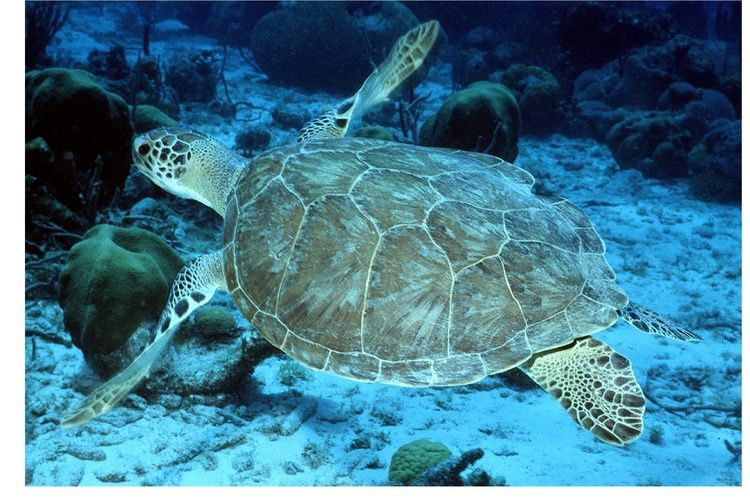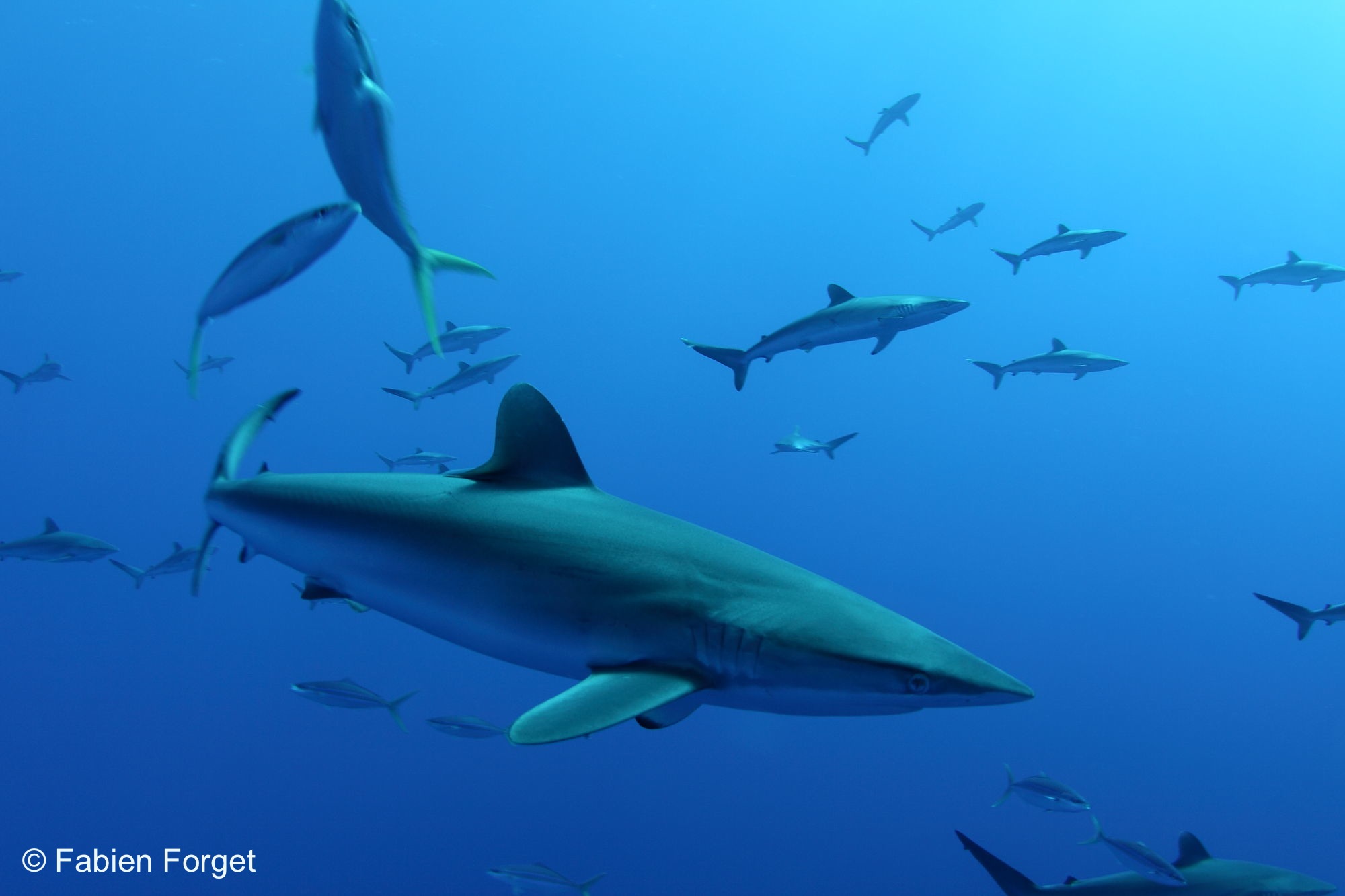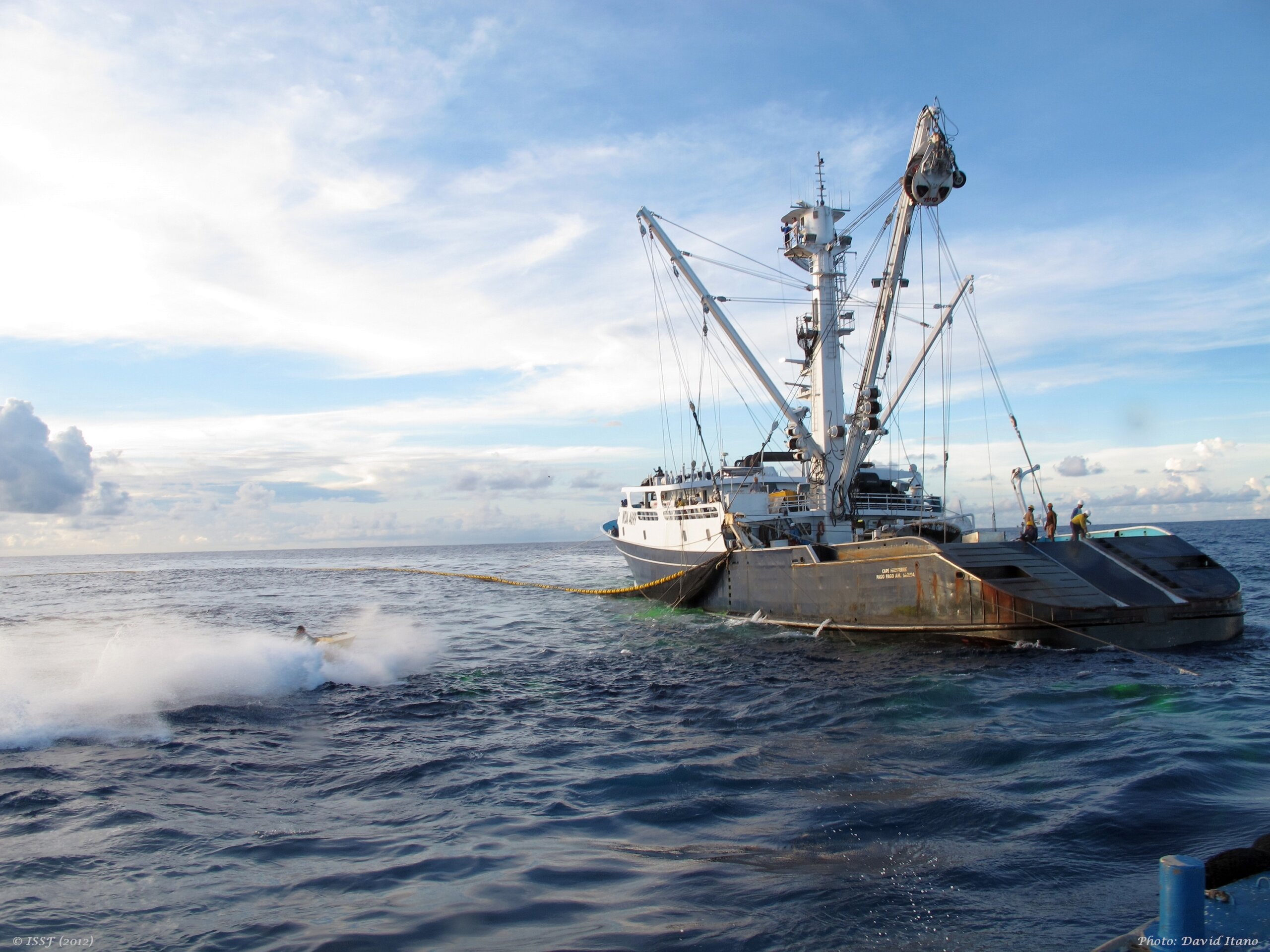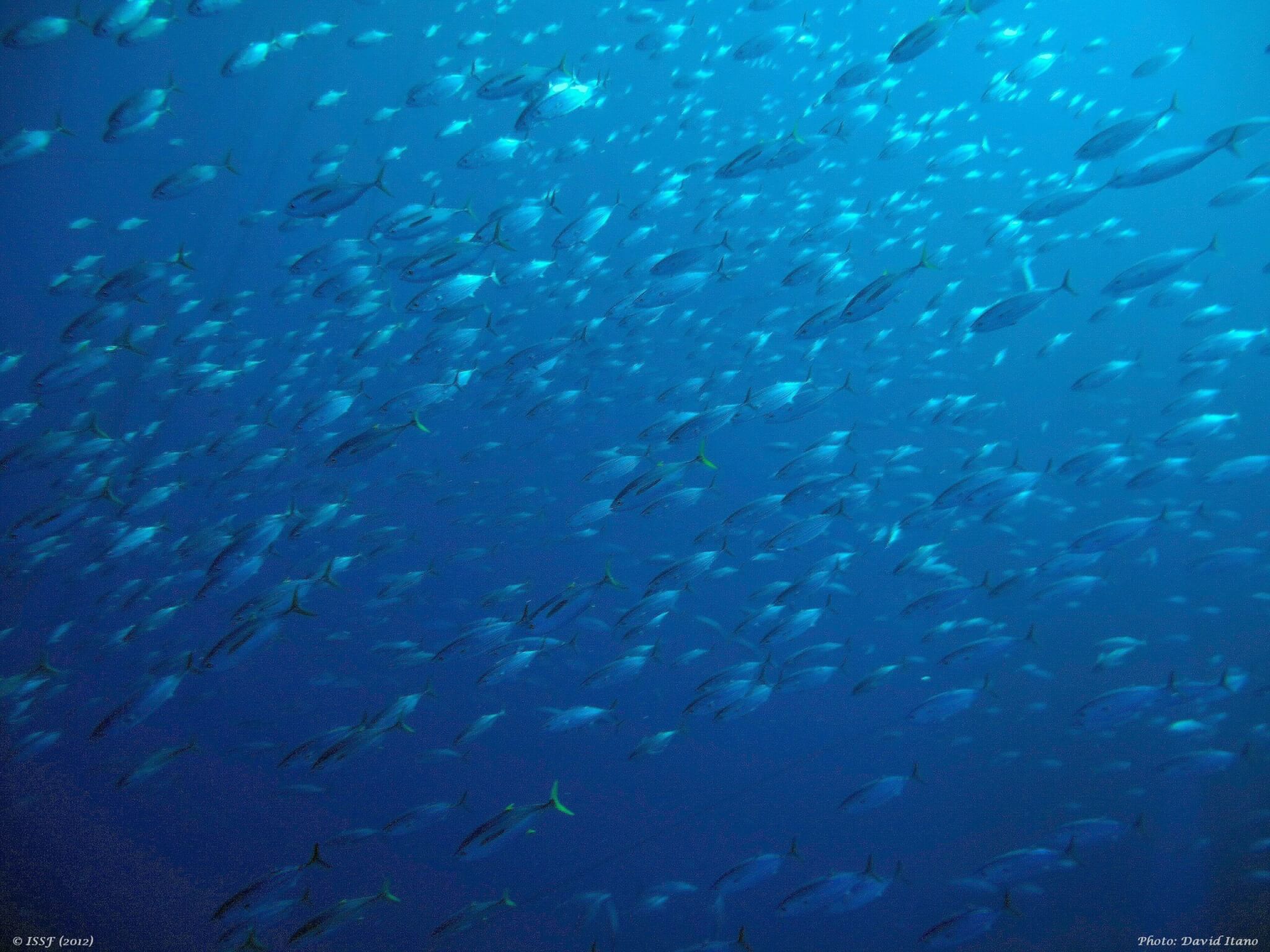REPORT: Bycatch Management Strategy Evaluation in Tuna Fisheries
Featured News
ISSF REPORT: Inputs for Comprehensive Bycatch Management Strategy Evaluation in Tuna Fisheries
There has been growing concern over the sustainability of marine megafauna exposed to bycatch fishing mortality. This study assembled databases of mitigation methods for at-risk species exposed to pelagic longline, tuna purse seine and drift gillnet fisheries.
The databases enable the discovery of bycatch mitigation methods and enable accounting for multispecies effects of alternative bycatch mitigation strategies across exposed populations and stocks of at-risk species. The study defines key inputs for comprehensive, multispecies bycatch management strategy evaluation of: the size of the effect of an intervention on catch and fishing mortality rates; multispecies conflicts and mutual benefits; strength of evidence, including in practice; commercial viability costs; compliance likelihood; and rates of components of fishing mortality.
The robust evaluation of alternative bycatch management strategies against this suite of criteria enables simulating the outcomes of alternative strategies to determine which best meets objectives.
The report includes a draft Decision or Resolution on holistic bycatch MSE to aid regional fisheries management organizations in identifying candidate elements for potential inclusion in measures.
ICYMI
Tuna Fisheries’ Impacts on Non-Tuna Species and Other Environmental Aspects
Until 2023, ISSF’s Status of the Stocks report included relative ratings for bycatch impacts by the different fishing methods. The information on stock status and management comes from the five tuna RFMOs that assess and regulate tuna fisheries internationally. However, the information on bycatch impacts was from multiple sources and was not stock- or fishery-specific. Because of this, ISSF’s Scientific Advisory Committee recommended that the Status of the Stocks report be limited to stock status and management.
A separate report, Tuna Fisheries’ Impacts on Non-Tuna Species and Other Environmental Aspects: 2024 Summary, is subsequently published to summarize bycatch and other ecosystem impacts for major types of tuna fisheries.
Featured Resource
Jelly-FAD Construction Guide Helps Fishers Build Netting-free, Biodegradable FADs for More Sustainable Tuna Fishing
ISSF offers a comprehensive step-by-step guide that shows commercial fishers how to build “jelly-FADs” — an innovative nearly 100% biodegradable and non-entangling design for fish aggregating devices (FADs).
For many years, FADs have been a widely used fishing strategy due to their high efficiency for catching tuna. About 38% of the global tuna catch is made with FADs. But conventional FADs can have negative impacts, such as contributing to overfishing, bycatch, and marine pollution.
To reduce FAD fishing’s effects on non-target marine animals and ocean ecosystems, ISSF scientists developed the jelly-FAD in collaboration with physical oceanographers from the Institut de Ciències del Mar (CSIC) and tuna fleets — testing and refining the design through workshops, lab research, and at-sea trials in real fishing conditions.



